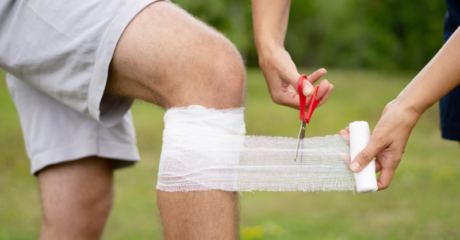
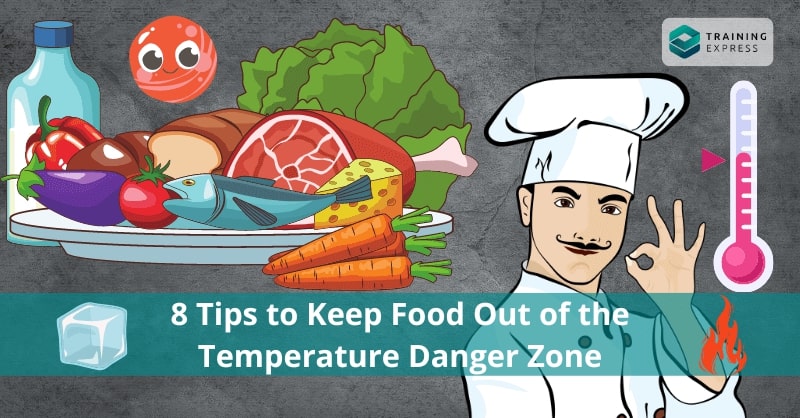
What is the Temperature Danger Zone?
The “temperature danger zone” is where most pathogenic bacteria flourish and proliferate most efficiently. Thus, it significantly raises the risk of foodborne diseases. This temperature range falls between 5°C and 60°C (40°F and 140°F). This range is the commonly accepted range of being the danger zone.
Pathogens, including bacteria, fungi, yeasts, viruses, and parasites, grow best at this temperature. Therefore, researchers often use this range as the perfect habitat to calculate the ideal bacterial doubling time. For example, it takes around 20 minutes for fast-growing bacteria like E. coli to double in number at temperatures between 5°C and 60°C (40°F and 140°F).
Table of Contents
Decay of Food
Foodstuff decays within the first two hours of keeping food in the temperature danger zone. After that, however, it depends on the initial bacteria load on the food. In addition, the following elements impact the process.
1. Acidity
2. Moisture content
3. Preservative presence
4. Nutrient content
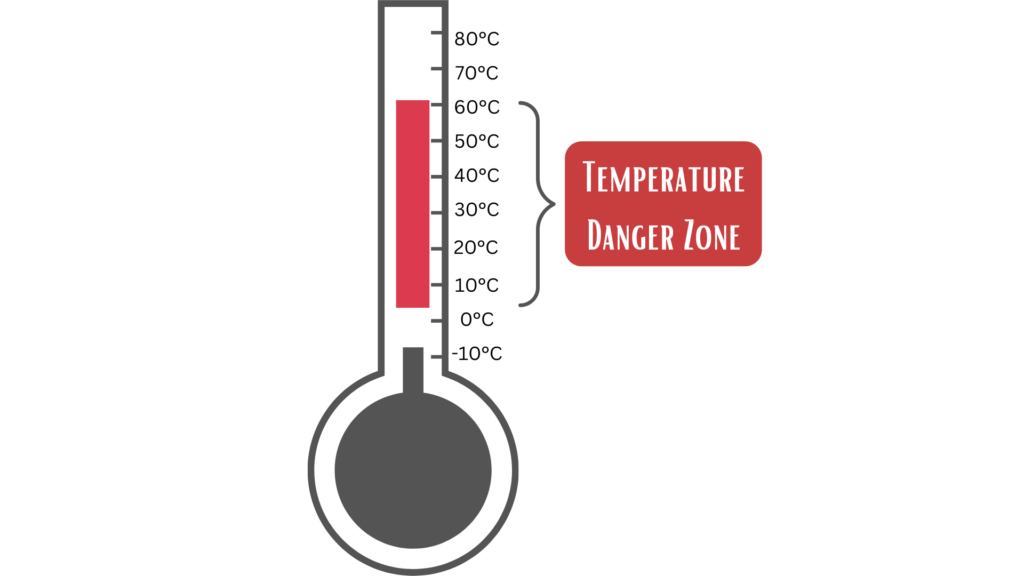
Standard Temperatures
Food handlers must always practise maintaining continuous food temperature readings of 4°C (39°F) and below or 61°C (141°F) and above. However, it is subject to the intended usage of foods. You can delay the growth of bacteria and other diseases at the said temperatures. In addition, it’s essential to regulate and avoid decay or spoilage caused by stored foodstuff.
How I Can Keep Food Out of the Danger Zone
Regular temperature monitoring is the only method to guarantee that your food never enters the danger zone for temperature. Also, monitoring is crucial for holding food for a buffet or salad bar. However, it would be best to utilise additional thermometers to keep an eye on the temperatures because the refrigerator’s built-in thermometer might need to be more accurate.
Additionally, make sure to calibrate the thermometers regularly. Finally, keep a written record of everything, including when you took the temperature and what it was.
Cooking Meat Safely
Aside from keeping your customers healthy, knowing the acceptable cooking temperatures for meat is crucial for preventing the spread of germs like listeria and salmonella. These temperatures vary depending on the type of meat.
- 72°C – 75°C for ground meat.
- 63°C for beef.
- 75°C for poultry.
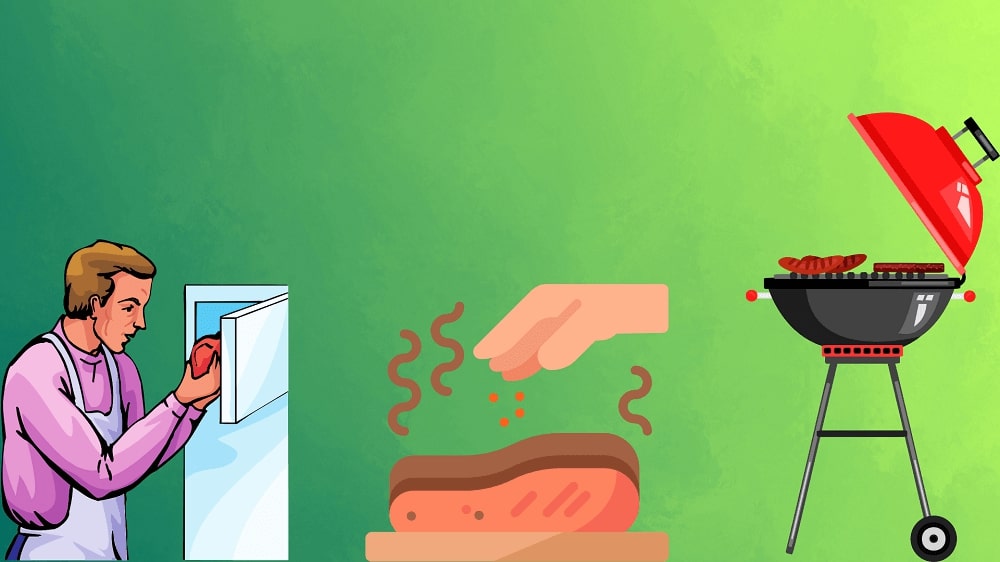
Food Stored at Unsafe Temperatures: Risks to Human Health
There are thousands of different varieties of bacteria in your environment every day. Many of them are present in the food you eat. However, not all bacteria are dangerous. Only some bacteria are harmful to your health. Harmful bacteria are referred to as pathogens. Therefore, you risk eating food contaminated with pathogenic microorganisms when you don’t cook or store it correctly.
Contamination of Pathogenic Bacteria
You can get sick from eating food that has harmful microorganisms in it. Foodborne infections from Salmonella, Listeria and E. coli are the most prevalent ones.
E. Coli
Food poisoning can occur from the presence of E. coli. The symptoms include severe stomach discomfort, vomiting, bloody diarrhoea, and moderate fever. However, in rare circumstances, E. coli can potentially cause serious illness, even death. In most cases, E. coli infections frequently go away after ten days.
Salmonella
Foodborne infection from salmonella can spread if you improperly handle or keep eggs and poultry. Salmonellosis is the medical term for infection with salmonella. Symptoms of Salmonellosis include nausea, vomiting, stomach discomfort, and diarrhoea.
Vibrio
You may risk contracting Vibrio bacteria if you consume undercooked or uncooked shellfish. Vibrio bacteria are abundant in coastal ecosystems. Symptoms of this include vomiting, diarrhoea, and other gastrointestinal issues.
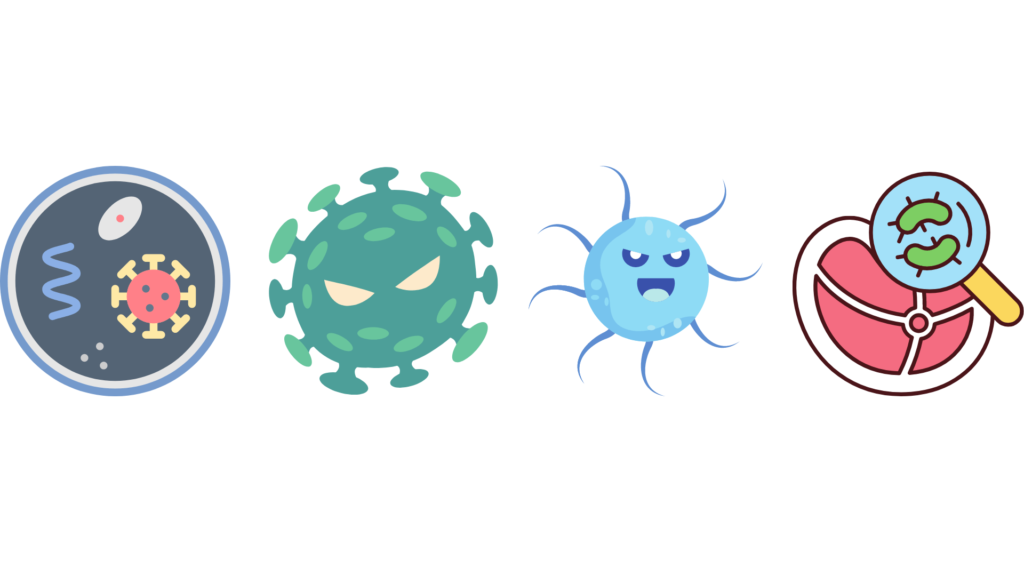
Listeria
Listeria monocytogenes is a harmful bacteria. You could come across this bacterium in ready-to-eat items like deli meats, hot dogs, and deli salads. Contracting Listeria may result in fever, body aches, headaches, stiff necks, confusion, dizziness, and spasms.
As you can see, a wide variety of pathogenic contamination can result in foodborne illnesses. Most food poisoning cases are minor and go away in a few days. However, some can be fatal or result in severe consequences. So, avoid improperly prepared or kept food. For example, these microorganisms will cause food poisoning in the temperature danger zone. So, no matter where you are, you must always practise appropriate storage and temperature to prevent food poisoning.
Temperature Danger Zone for Business Practices
Understanding the temperature danger zone and the factors contributing to food rotting might help you avoid problems in your food business. However, it is also necessary to adhere to the rules established by organisations concerned with food safety.
8 Simple Tips to Keep Your Food Out of the Temperature Danger Zone
Here are eight tips to help you keep your food out of the temperature zone.
1. Maintain Internal Temperature
Reheated food should reach an internal temperature of at least 75°C. You need to reheat leftovers within two hours after being removed from refrigeration. The best method for reheating foods is using an oven, microwave, or stovetop.
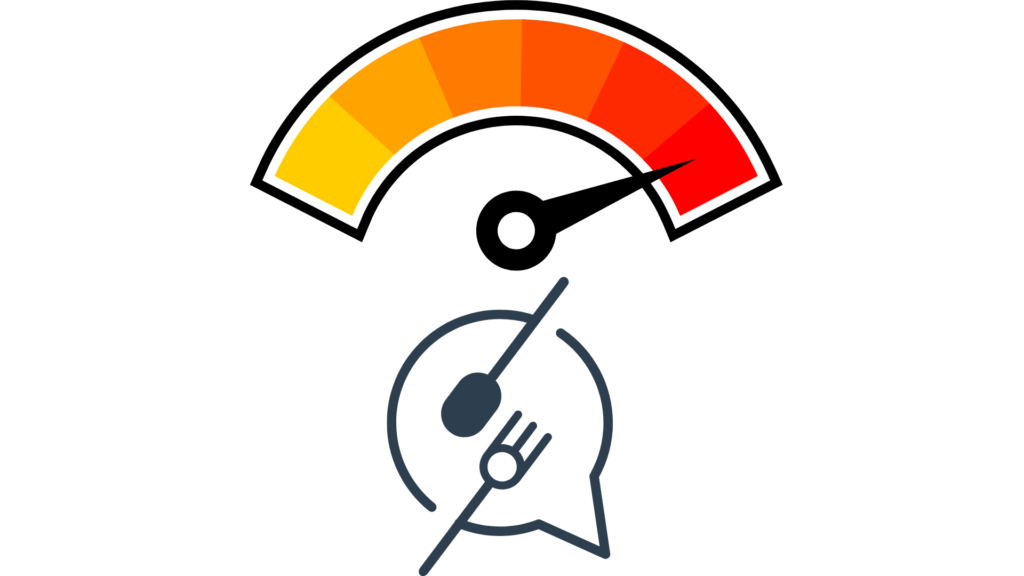
Covering the dish during reheating is best to transfer the heat evenly. Remember that you should reheat food with different equipment than what was used to keep it hot in the first place. As a result, food handlers won’t keep the food in an unsafe temperature range for an extended period.
2. Reheating Food
You should reheat food on a stovetop or in a microwave at 90°C. Remember, hot-holding devices are not meant to reheat previously prepared cold foods.
3. Time to Reheat Food
Be quick enough to reheat foods. Too much time in the danger zone might cause germs to multiply rapidly in the food.
4. Cooked Food and Reheating
The food you have cooked may remain in the danger zone for up to six hours, even after being cooled. Therefore, for safety reasons, you should reheat food to 75°C as quickly as possible.
5. Refrigeration
To refrigerate something is to maintain it at a cool temperature. The process often happens at around 4°C in a refrigerator. Preserving cooked or raw foodstuff in this manner significantly reduces biological contamination. In addition, it reduces the rate at which bacteria reproduce, increasing the time you may store food without going bad.
The recommended temperature for storing cooked food for subsequent service is 4°C. However, you should store them cold to reduce the possibility of food poisoning. To keep an accurate temperature readout in the fridge, use a thermometer.
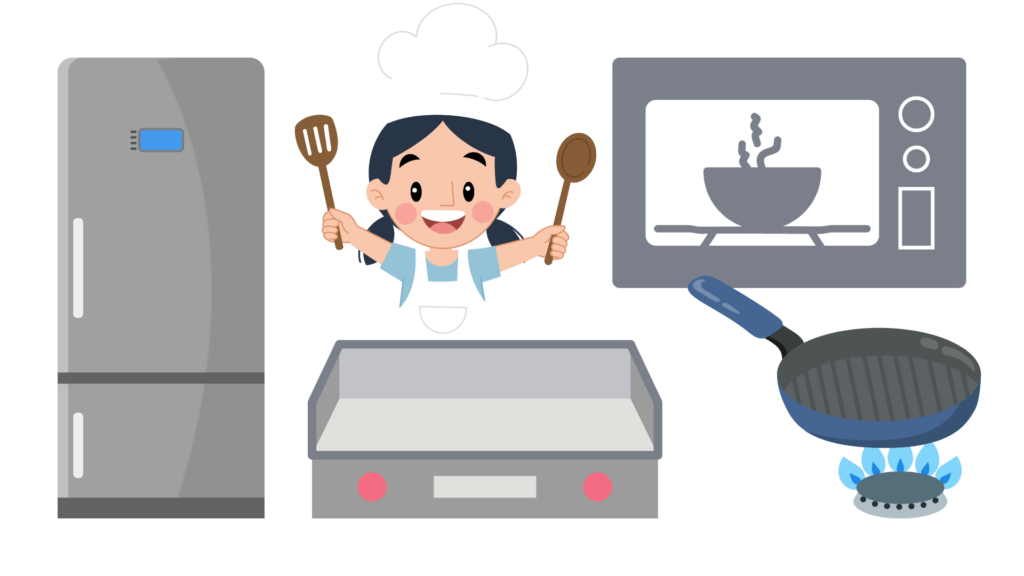
It’s important to note that harmful bacteria and other diseases can survive at freezing temperatures and refrigeration. It won’t stop them from growing; it’ll slow them down at most. Also, you can keep food fresher for longer if refrigerated at lower temperatures. Therefore, before putting food in the fridge, you must adequately prepare or hold them. Remember, the danger of spoilage and contamination returns after you remove food from refrigeration.
6. High-Risk Food Maintenance
The food you need to warm up to 60°C is considered potentially risky. This is because they might promote the fast development of pathogens. For example, soups, stews, sauces, potatoes, beans, rice, and meat-based dishes often stay in the temperature danger zone. Therefore, no matter what, you should keep high-risk food at greater than 75°C temperature.
7. Hold-holding Guidelines
The term “hot holding” describes how food is kept at a temperature much above the “danger zone” for perishables. For example, you can store hot food out of the kitchen at 60°C or higher. This temperature kills any bacteria or other pathogens that could be present.
Chafing dishes with a modest heat source at the bottom are commonly used for hot holding because they keep food at the ideal temperature without overheating it. If you’re worried about overcooking other items, such as soups, you may keep them warm by holding them above a hot bath. These heated storage spaces strive for temperature stability.
8. Covering & Stirring Food
To prevent spoilage and maintain a consistent temperature, you should cover or wrap food. For safety reasons, you should not serve food stored below the minimum safe holding temperature or above the maximum safe cooking temperature.
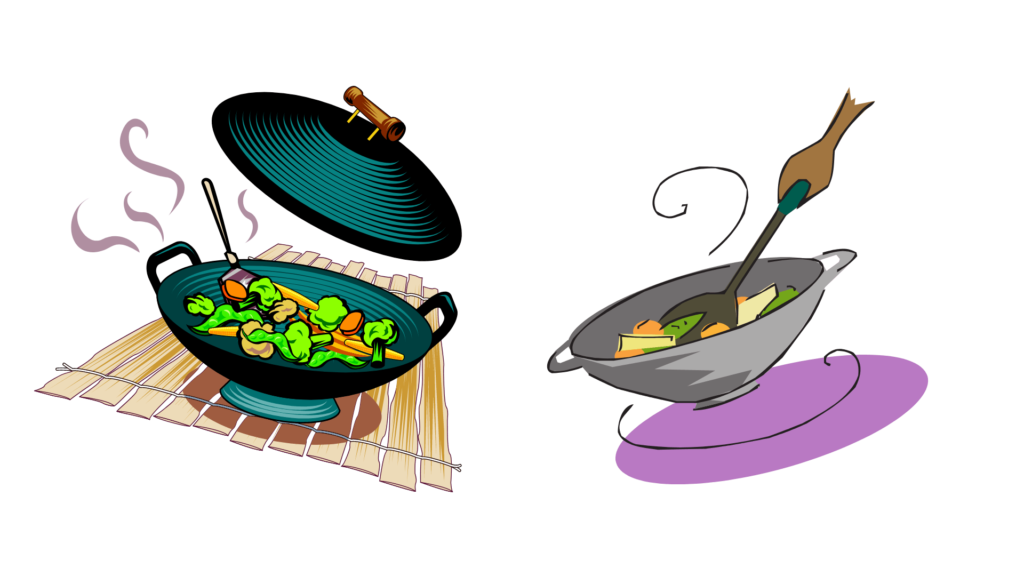
Also, do not stir food in chafing dishes. In doing so, you risk contaminating the rest of the batch. When closed, chafing pans disperse heat evenly. You should never reheat food in a hot-holding device.
In addition, maintain a consistent schedule of temperature checks. Do not add products from new batches to those currently on display. The possibility of introducing contamination will rise as a result of this.
What is High-Risk Food?
Food like milk and eggs stored in the temperature danger zone is high-risk food. These food are more prone to contamination and spoiling. Examples of high-risk food are-
- Dairy food
- Eggs
- Raw meat & meat products
- Fish and shellfish
- Cooked pasta
- Rice and other starchy foods
- Sauces
Pathogenes easily access the abundant nutrients in high-risk food. So, they pose a high risk whether eaten raw or cooked. In the temperature danger zone, naturally existing microorganisms in raw ingredients can grow and destroy food. You may have seen it happening in milk.
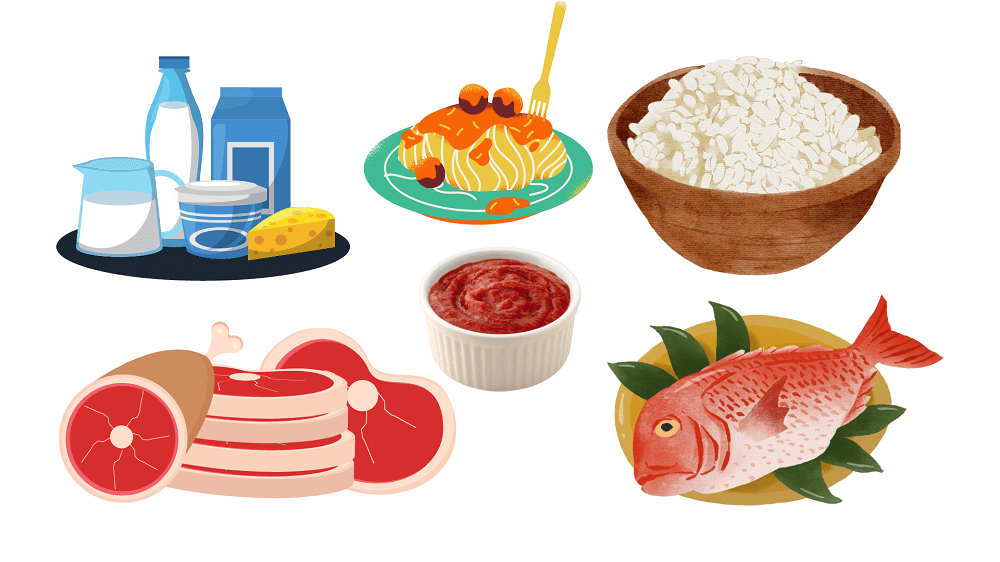
Raw Milk is a High-Risk Food
Bacteria can thrive in raw milk. In addition, insufficient food safety practices during the extraction of milk may result in the presence of pathogens. For example, unpasteurised milk quickly becomes contaminated after being left out at ambient temperature for two hours due to the high concentration of microorganisms and vitamin content.
Food rotting in the Temperature Danger Zone
Both naturally occurring microorganisms and cross-contamination cause rotting. Putting ready-to-eat foods in the temperature danger zone can increase the potential dangers of cross-contamination. Knowing this will help food handlers be more cautious.
Salads and cooked meats quickly spoil if stored in the temperature danger zone. It’s not uncommon for these dishes to be often offered by caterers. In addition, food at a buffet is prepared in enormous quantities and kept warm in chafing dishes until needed. At this point, the dishes are vulnerable to contamination.
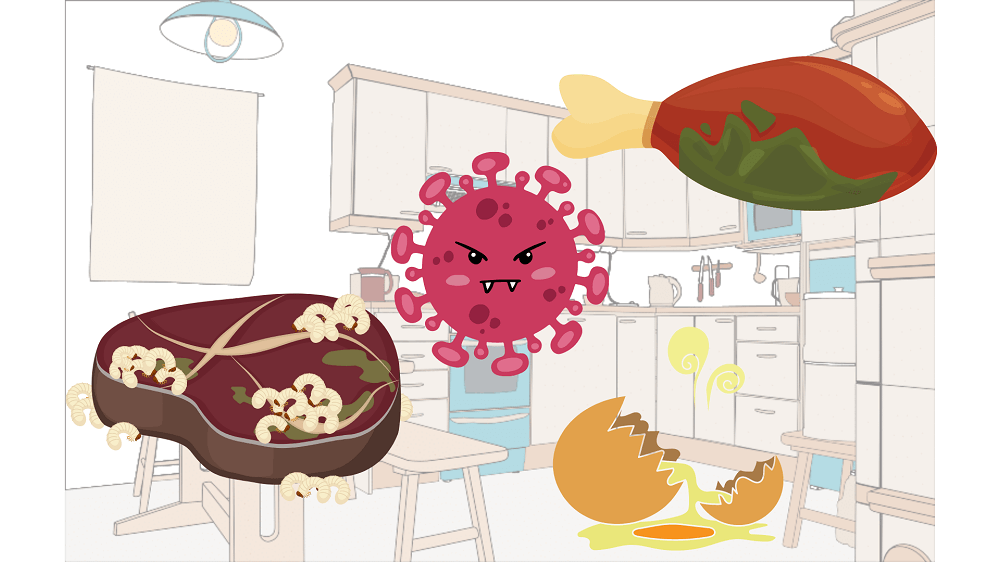
High temperature creates an unfavourable environment for bacteria to multiply, reducing the risk of spreading disease. Therefore, you should keep food at a high temperature to kill any bacteria present, either during preparation or later.
How to Rapidly Cool Hot Food
Food handlers may use ice cubes for the dish to speed up the cooling process. Soups and gravies that need water to be reconstituted benefit most from this method. You can reheat and thicken them again. To hasten the cooling process, distribute the food among multiple shallow pans. In addition, maintain constant temperature monitoring and stirring.
Ice Bath
If you want to chill your food quickly but don’t want to dilute the dish by adding ice cubes, an ice water bath is a way to go. Here’s how to use an ice bath to chill your food –
- Put some ice and water in a bowl or a plastic storage container.
- Put the hot pan into the ice so that the ice is above the food but without touching it.
- Turn the pan occasionally and replenish the ice as necessary.
- Keep an eye on the food’s temperature.
Ice Paddle
You can use an ice paddle to cool the food inside and out to prevent water from diluting your dish. Soups, sauces, vegetables, rice, and beans can benefit from having cooling paddles placed into them for a rapid and safe cooling process. To use an ice paddle to chill your food, you may use the following method.
- Overnight, freeze water inside the cooling paddle.
- Fill the paddle with ice and cold water if you use it on the same day.
- To reduce the temperature of hot food to 20°C in under two hours.
- Place the cooling paddle in the dish every three to five minutes.
- For accurate temperature readings, you should use a probe thermometer.
You should refrigerate food with the paddle still immersed for no more than four hours. During this time, the temperature should drop to 5°C. Also, monitor it every 20 minutes. As soon as the food reaches a temperature where you may consume it, take out the paddle.
Commercial Blast Chiller
A commercial blast chiller, if you have the space for it, can be an efficient instrument for rapidly reducing the temperature of perishable food. To rapidly reduce the temperature of the food while reducing the formation of ice crystals, a blast chiller or flash freezer pushes forced cold air over the food. This is the safest way to cool the food, increase its storage life, and guarantee delicious results after reheating.
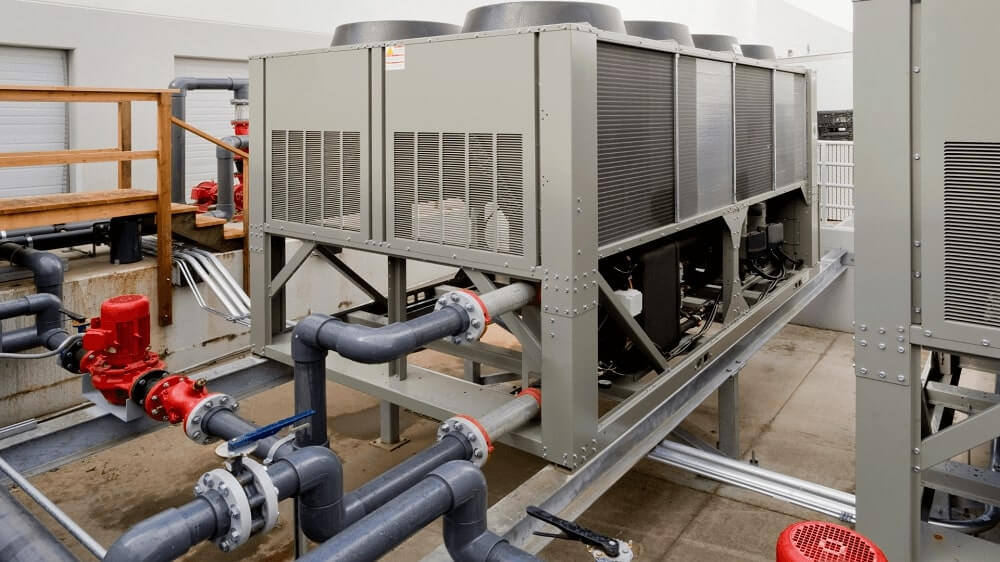
What is Food Safety Management System (FSMS)?
The Food Safety Management System (FSMS) aims to reduce the likelihood that customers will experience negative health impacts from eating contaminated food. In addition, FSMS aids in maintaining ISO 22000 standards and the Food Safety Act regulations in the UK.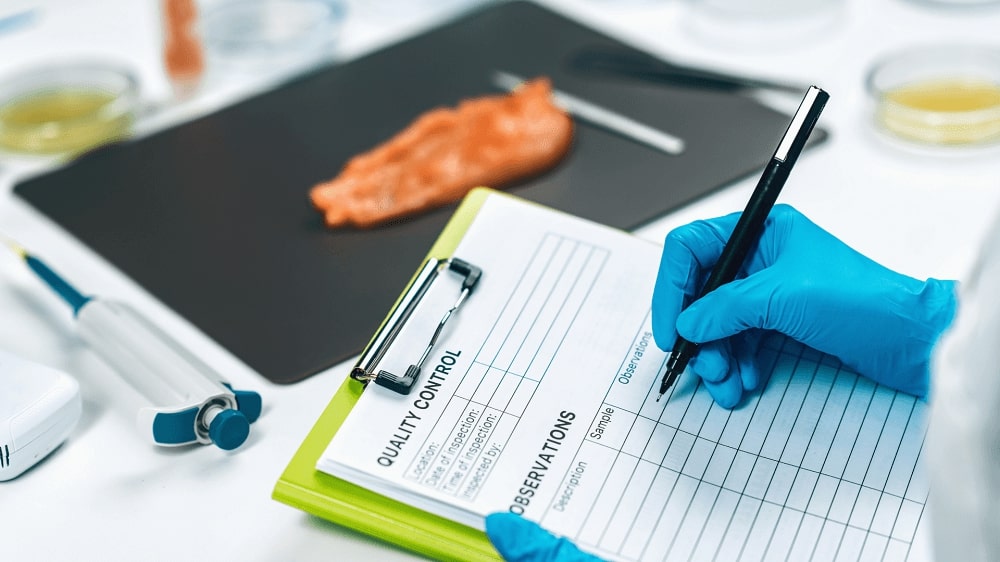
The goal of FSMS is to prevent customers from becoming sick from eating tainted food. Taking care of this entails making sure the kitchen is safe for work. In addition, the reputation of a food service provider might take a hit if occurrences raise questions about the quality or safety of the food being served.
A food business owner needs proof of a documented food safety management system to keep their meaningful relationships and customers’ trust. Some further advantages of FSMS include the following:
- Reduced the number of complaints from customers or end-users.
- Recalled or returned food products decrease.
- ISO 22000 certification might be an option.
- Consistent application of food safety regulations.
Summary
Food handlers should be aware of the temperature danger zone at all times. Long periods in this temperature range can lead to food spoilage, which can be expensive for restaurants. Also, customers will not return if they become sick from eating bad food that goes undiscovered. Inside the temperature danger zone, food poisoning becomes a real possibility.
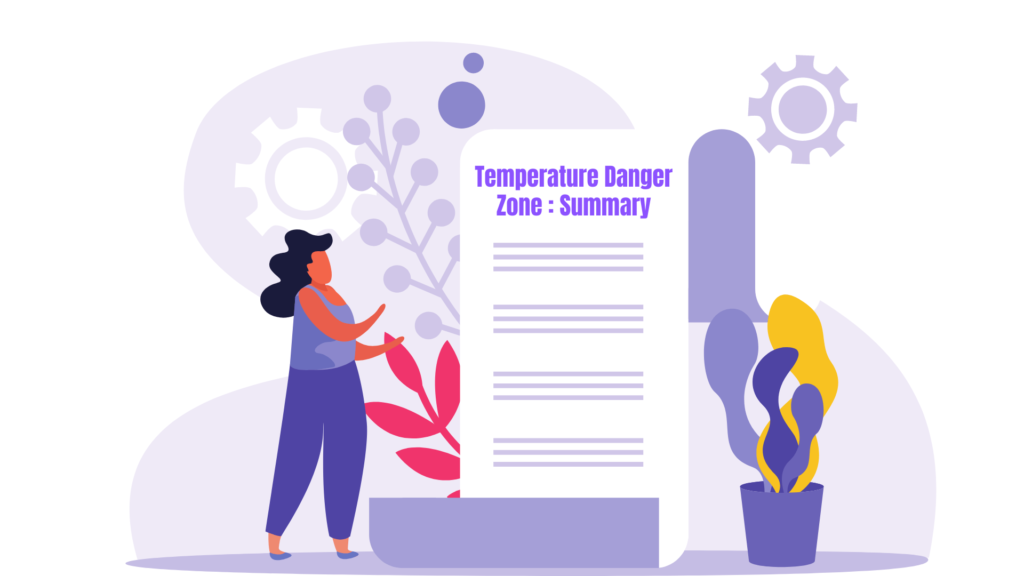
Managers of restaurants must educate their staff on the importance of hot and cold holding and how to do it safely. In addition, training for those who work with food should include instructions on how and when to do these checks. Avoiding the temperature danger zone is a must besides chopping, cooking, and cleaning, to keep your food fresh.
Learn More
- Available Courses
- Career Bundles73
- Animal care5
- Law8
- Quality Licence Scheme Endorsed111
- Teaching13
- Teaching & Academics Primary27
- Accounting & Finance Primary30
- Training3
- Design9
- IT & Software44
- Healthcare126
- Marketing31
- Health and Safety402
- Construction48
- Electronics25
- Hospitality22
- Health and Social Care219
- Child Psychology37
- Management377
- Business Skills268
- First Aid70
- Employability264
- Safeguarding75
- Food Hygiene103
- Personal Development1277
 Food Hygiene
Food Hygiene Health & Safety
Health & Safety Safeguarding
Safeguarding First Aid
First Aid Business Skills
Business Skills Personal Development
Personal Development






